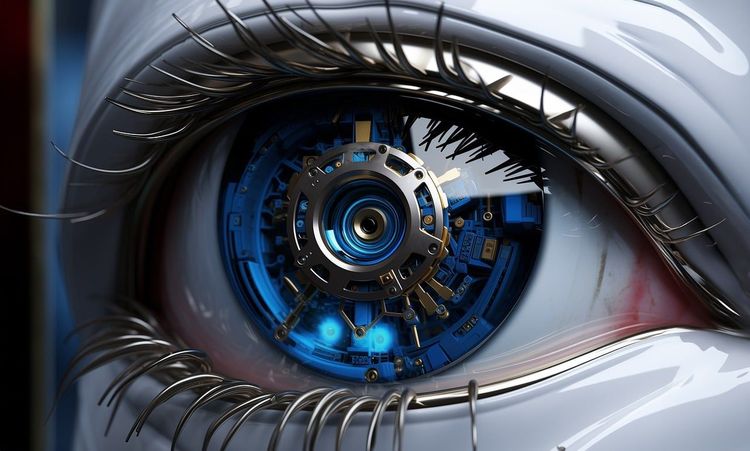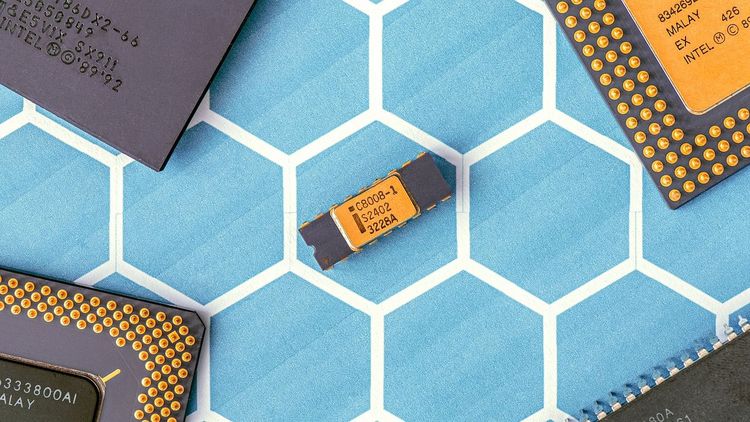As approximately 130,000 attendees prepare for CES (Consumer Electronics Show) in Las Vegas, excitement builds for this major event starting January 9. Spanning over 2.5 million square feet, the conference includes venues like the Las Vegas Convention Center, the Venetian Expo Center, and several prominent hotels, including Aria, the Wynn, and the Cosmopolitan. With the rise of AI driven by tools like ChatGPT, it’s no surprise that many of the more than 4,000 vendors at CES are eager to showcase their advancements in generative AI. Expect to see innovations integrating AI into everything from agricultural machinery and marine vessels to household appliances and robotics.
Interestingly, the integration of AI in consumer gadgets is not entirely new; technologies such as Amazon's Alexa, Apple's Siri, and the Nest thermostat have been widely used for years. What distinguishes the current wave of AI is the emergence of generative AI, which became more mainstream when OpenAI enhanced its large-language model (LLM) with a user-friendly chat interface. This evolution allows for the creation of immersive images and interactive user experiences.
Charles Cheevers, CTO of home network solutions at CommScope, emphasizes that CES will spotlight AI’s influence across various devices: “We’ll see much of the direction we observed in 2023 but with a stronger focus on making every solution more user-friendly and intuitive. The goal is to reduce friction and enhance overall user experience through proactive and predictable AI applications.”
However, there’s growing concern that the event may also propagate marketing exaggerations and diluted versions of substantial innovation—a phenomenon often referred to as AI-washing. Cory Siansky, a technology consultant at Publicis Sapient and veteran CES attendee, warns, “Although AI has the potential to transform nearly every aspect of our daily lives, its practical implementation in industrial processes and consumer products will take significant time and investment. AI should be regarded as a valuable tool in our arsenal rather than a miraculous solution. For now, expect to see AI incorporated into straightforward applications, but the ambitious vision of a general intelligent system remains distant.”
Integrating AI technology into devices may not be as complex as it seems. Leading LLMs from companies like OpenAI, Google, and Anthropic leverage APIs, allowing developers to connect AI functionalities to existing systems with just a few lines of code—this trend is often referred to as creating AI “wrappers.”
To develop truly transformative AI-enabled products, organizations must enhance their in-house AI capabilities significantly, advises Kjell Carlsson, head of AI strategy at Domino Data Lab. He warns that without this investment, consumers can expect limited generative AI features and a prevalence of AI-washing, featuring outdated technologies masked as cutting-edge innovations.
Federal regulators are also taking notice of the potential pitfalls of AI-washing. Securities and Exchange Commission Chair Gary Gensler recently cautioned companies against making unfounded claims about their technologies, stressing the need for “full, fair, and truthful” disclosures. The Federal Trade Commission (FTC) echoes these sentiments, emphasizing the risks associated with false or unsupported representations of a product's capabilities. Michael Atleson, an attorney for the FTC's Division of Advertising Practices, noted, “Some products marketed as AI-enabled may not function as advertised, regardless of any other potential harms they could cause.”
As CES 2024 approaches, the spotlight will be on whether innovative AI applications can rise above the noise of marketing hype and truly enhance user experience across a wide array of industries.







